Growing Mustard Greens |
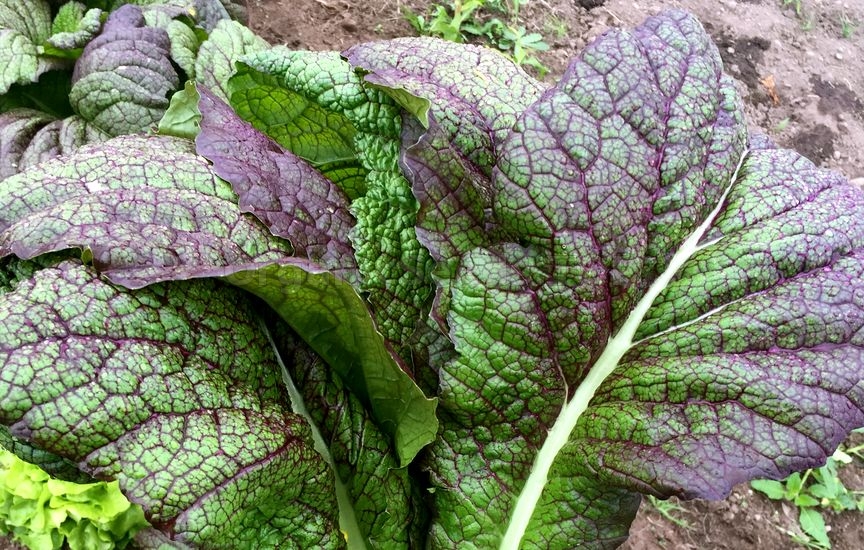 Mustard greens are fast growing, nutritious leafy greens. They’re perfect for gardens and containers in both spring and fall. Although not quite as cold hardy as their cousins, collards and kale, piquant mustard greens do tolerate a light frost, which makes their leaves sweeter. In areas where there are no killing freezes, gardeners enjoy growing mustard greens all winter long. The mustard patch is a pretty sight in the cool season garden. The leafy plants are easy to care for and good companions to fall flowers such as pansies. Mustard greens grow in a rosette of leaves up to about a foot-and-a-half tall. You can simmer the big peppery greens or pick smaller, young leaves to eat raw in salads and sandwiches. Soil, Planting, and Care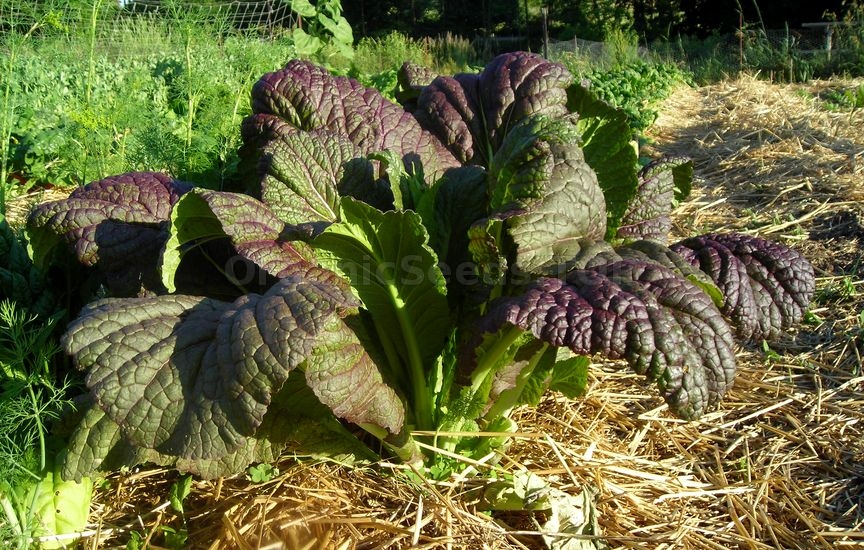 Mustard leaves grow fast and most tender in moist, rich soil. Sun is ideal, but because they make only leaves and not fruit, they are a little more tolerant of shade than fruiting vegetables like tomatoes. Enrich the soil by spreading 3 to 6 inches of compost over the area you plan to plant.
Then turn it into the ground or raised bed with a digging fork. For pots, use a premium quality potting mix. It always seems early when it’s time to plant mustard, but it pays to plan ahead. For fall harvests, set plants in the garden 4 to 6 weeks before the first expected frost. In spring, you can start about 4 weeks ahead of the last frost date and continue planting a little after. Our plants are thickly seeded in their pot. You may set them out as they are, but they will grow faster and give you more if you take a little time to separate the seedlings. Gently tease the seedlings apart into 3 to 6 clumps. Be careful not to tear up the roots. If they don’t tease apart gently, you can cut the clump in half with a knife and in half again. Space clumps 12 inches apart for traditional mustard greens, 12 to 18 inches apart for Japanese Giant Red Mustard. 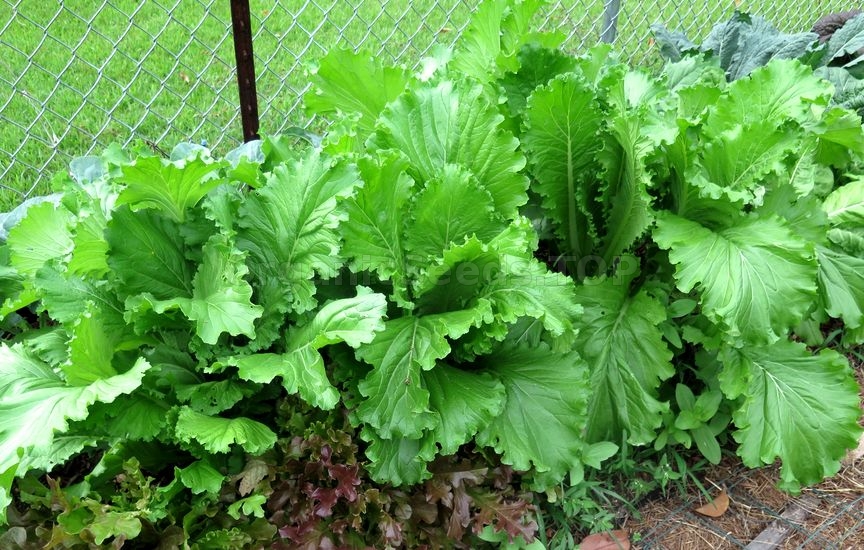 Mulch with wheat straw to keep plants moist. It takes about 10 to 12 plants to supply two people with fresh greens plus extra to freeze and use during warmer weather. Mustard grows fast, so you can begin picking leaves in about 4 weeks, when the leaves are 6 to 8 inches long. Left alone, leaves reach their full size of 15 to 18 inches long in about 6 weeks. To maintain the rapid leafy growth, the plant needs fertilizer. Feed with a liquid fertilizer like Miracle-Gro® LiquaFeed® Tomato, Fruits & Vegetables Plant Food weekly if you are harvesting often, or bi-weekly otherwise. If your family enjoys mustard greens, consider planting every 2 to 3 weeks for successive waves of young flavorful greens growing into prime size. Remember, optimum growth and flavor depends on moist soil. When plants grow under stressful conditions such as drought or heat, the leaves can become unpleasantly spicy for most tastes. Keep the soil evenly moist. Troubleshooting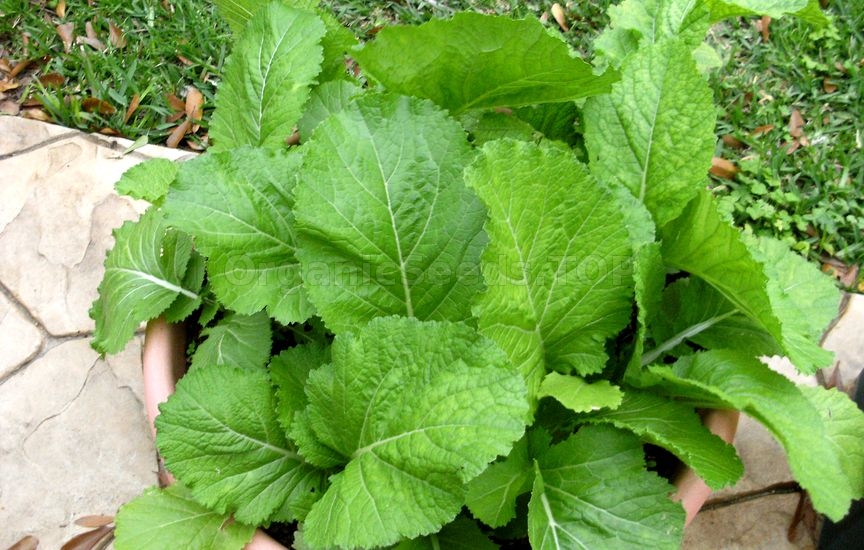 Although mustard greens don’t have many problems, you will need to protect them from cabbage loopers and imported cabbageworms. Flea beetles can also feed on leaves. Floating row covers are a great way to protect the greens without pesticides, or you can spray them with product containing “Bt” (Bacillus thuringiensis), for the caterpillars, or insecticidal soap or a pyrethrin-based spray for the beetles.
Clubroot is a disease that plagues mustard and other members of the cabbage family. Have your soil tested and apply the lime necessary to maintain a soil pH of 6.5 to 6.8 to discourage clubroot. Also, change the layout of your garden each season so members of the cabbage family don’t grow in an area but once every 3 years. Harvest and Storage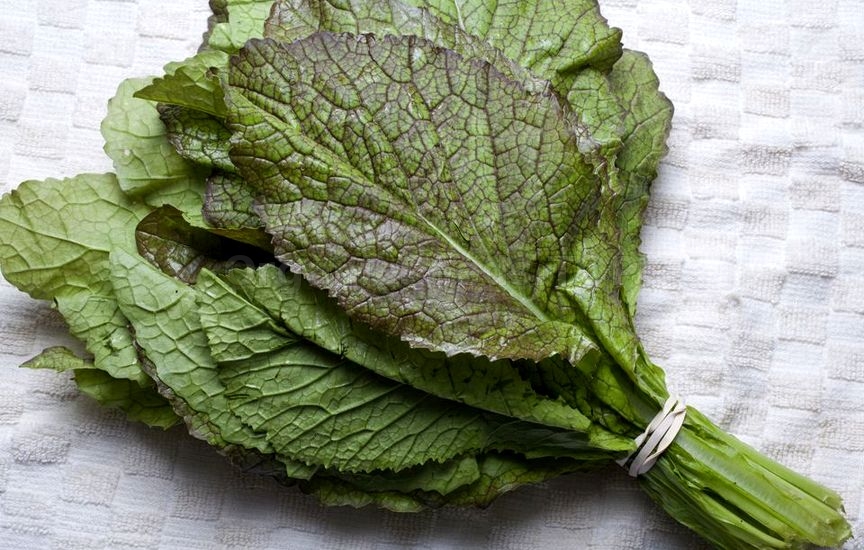 There are two ways to harvest greens. You may pick only the large, outer leaves leaving the center to continue growing and producing more greens. Or you can treat the plant in a cut-and-come again fashion, cutting all the leaves to 3 to 4 inches from the ground and leaving the stub to re-grow. Remember, young leaves have a milder flavor for salads. Mustard greens tolerate frosts and brief temperature dips into the 20’s, but succumb to hard freezes. Like other greens, cold sweetens their flavor. You may need:Organic White Mustard SeedsOrganic Treacle Mustard Seeds (Erysimum Cheiranthoides)«Langedijk» - Organic Cabbage Seeds«Swallow» - Organic Pak Choi Seeds«Salad Rose» - Organic Radish Seeds |
|
|
